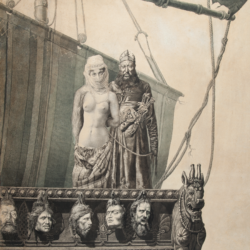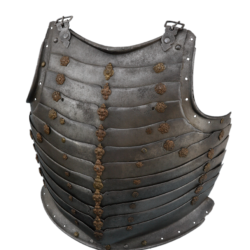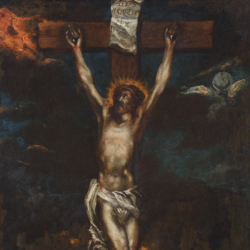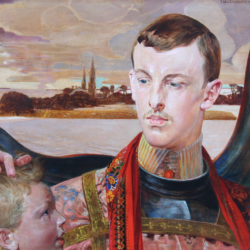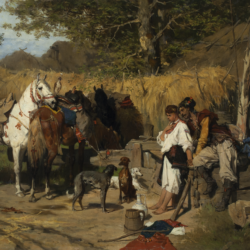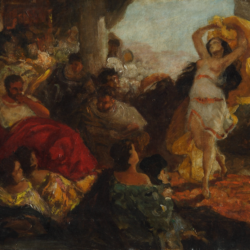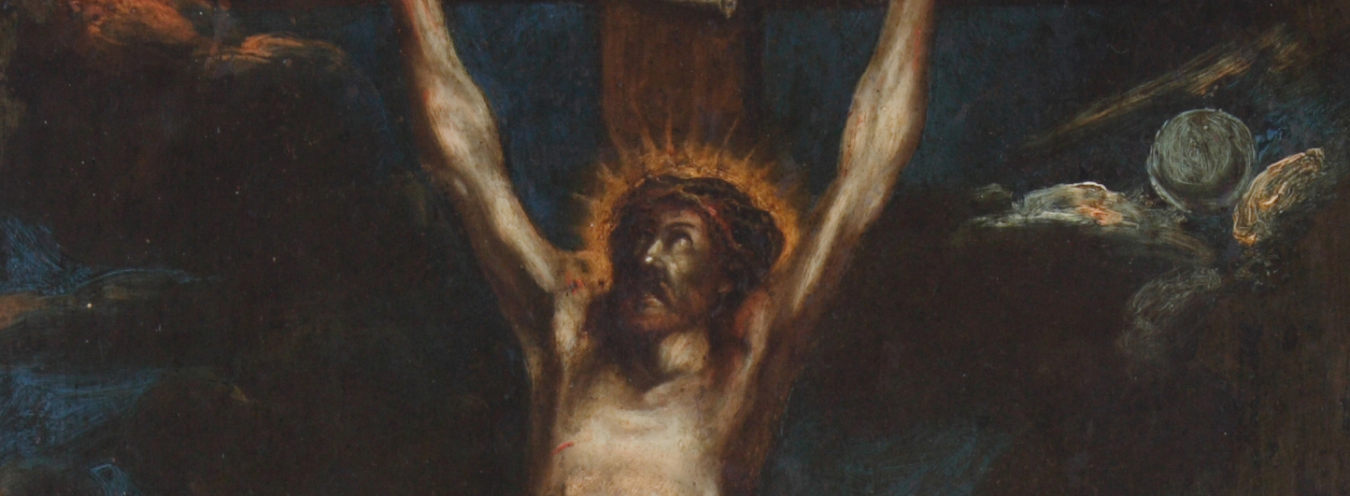
Dionysian Sienkiewicz (Jarosław M. Rymkiewicz’ Samuel Zborowski)
If Wołodyjowski sacrificed himself, his sacrifice constituted the beginning of salvation. The body suffers, but the soul is strengthened. This is the economy of Polish/Sarmatian sacrifice. Its essence is expressed in Słowacki’s Samuel Zborowski, but not necessarily in Samuel Zborowski by Jarosław Marek Rymkiewicz. Which literary work is more consistent with the spirit of Sienkiewicz’s writing? We have already pointed out the connections with romantic mysticism, though not necessarily with any specific mystic dramas written by Słowacki, which the author of the Trilogy could not have known. Rymkiewicz perceives the conflict between Jan Zamoyski, Batory’s Chancellor, and Samuel Zborowski as a deadly clash between the supporters of the absolute power of the monarch, the power that the Chancellor was dreaming of, and the free unbridled ethos of Polish knighthood. In the story told by Rymkiewicz, unlike in Słowacki’s story, it is not only Zborowski’s spirit but also his mutilated body that is alive. Stolen after the execution at Lubranka, it was carried in a blood-covered coffin to the Zebrzydowskis’ tenement, perhaps in Bocheńska Street in Kraków, where it underwent ablutions and other aesthetic treatments. The four daughters of Kasper Zabrzydowski and Jordanówna from the clan of Trąba washed the body of Samuel, who was their uncle. They sewed back his head and other body parts that suffered during the execution (parts of his arm, shoulder, fingers). Rymkiewicz assumes that they were working without gloves, since, in those times, contact with noble blood was not considered unpleasant. “It was solemn, this sewing back of his head – as if Roman, something resembling the works of maidens in ancient Rome.”[1] The body was dressed in red silk, and the coffin was pitched. A glass pane was placed above the sewed-back head. Rymkiewicz wonders if this was done in order to show the ruler’s cruelty. It does not seem so. Coffins with glass panes used to be part of funeral customs in Poland. From this perspective, Wołodyjowski’s double coffin seems exceptional. Incidentally, encouraged by Rymkiewicz’s inquisitiveness, I am wondering what Wołodyjowski’s coffin contained. What was put inside after the explosion that shook the whole Kamieniec?
Rymkiewicz emphasizes that after Zborowski’s death, everything that was said or written by his supporters, mainly his brothers, concerned his dead body. About his body’s comfort, its transport, the violence it suffered. And what is meant is not a phantasmal body, communal or political – like in the work of Ernst H. Kantorowicz,[2] but the body understood as literally as possible. Rymkiewicz makes a clear reservation: “It seems […] that the second life of the body, in some fundamental way, differs from the second posthumous life of the soul – this life is local, earthly, and mortal.”[3] The paradoxical posthumous vitality of the body is confirmed by the fact that it spent quite some time unburied, carried around, transported. Perhaps it was hidden from Zamoyski and his supporters? It has not been established where and when Zborowski was finally buried.

